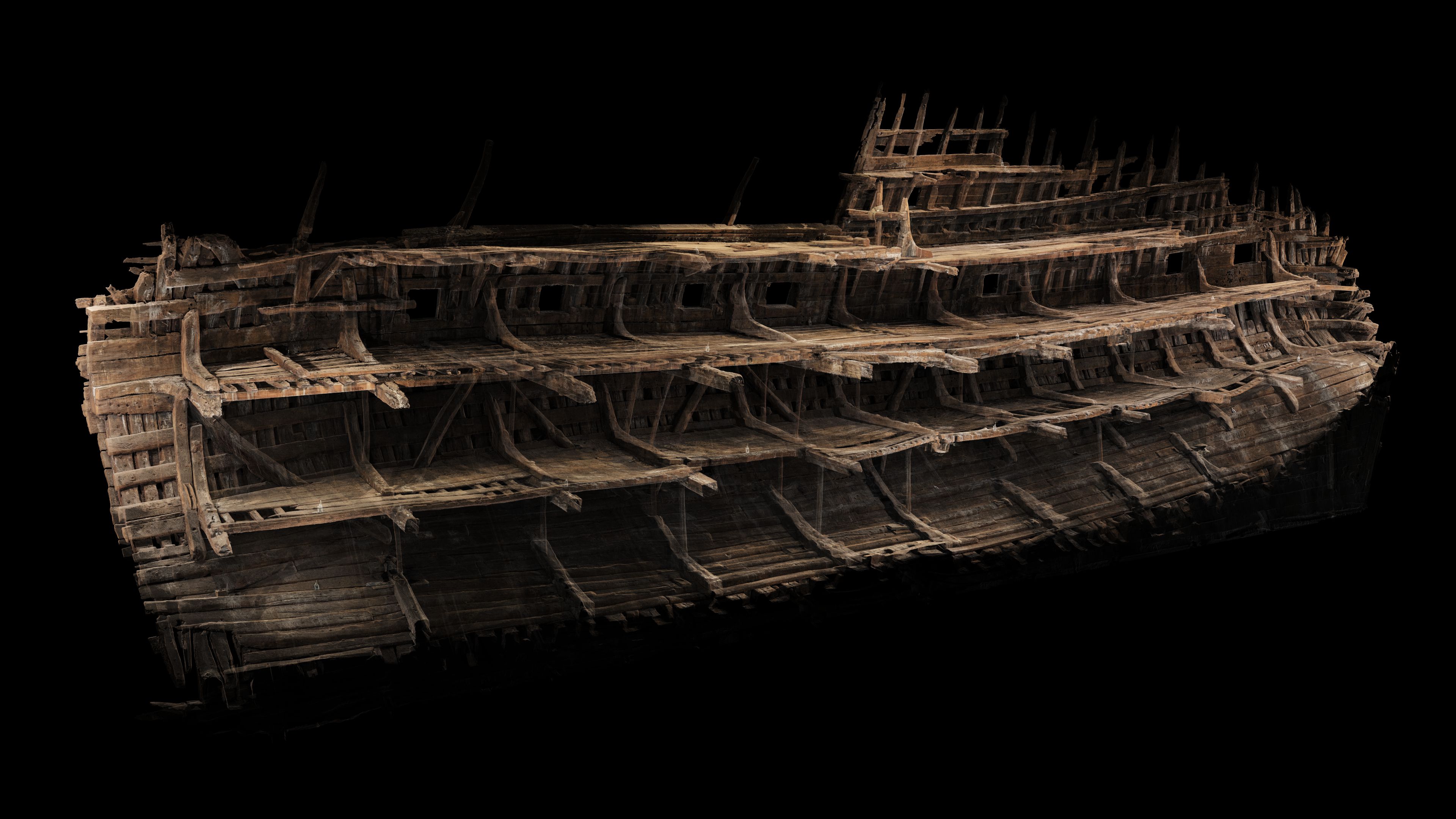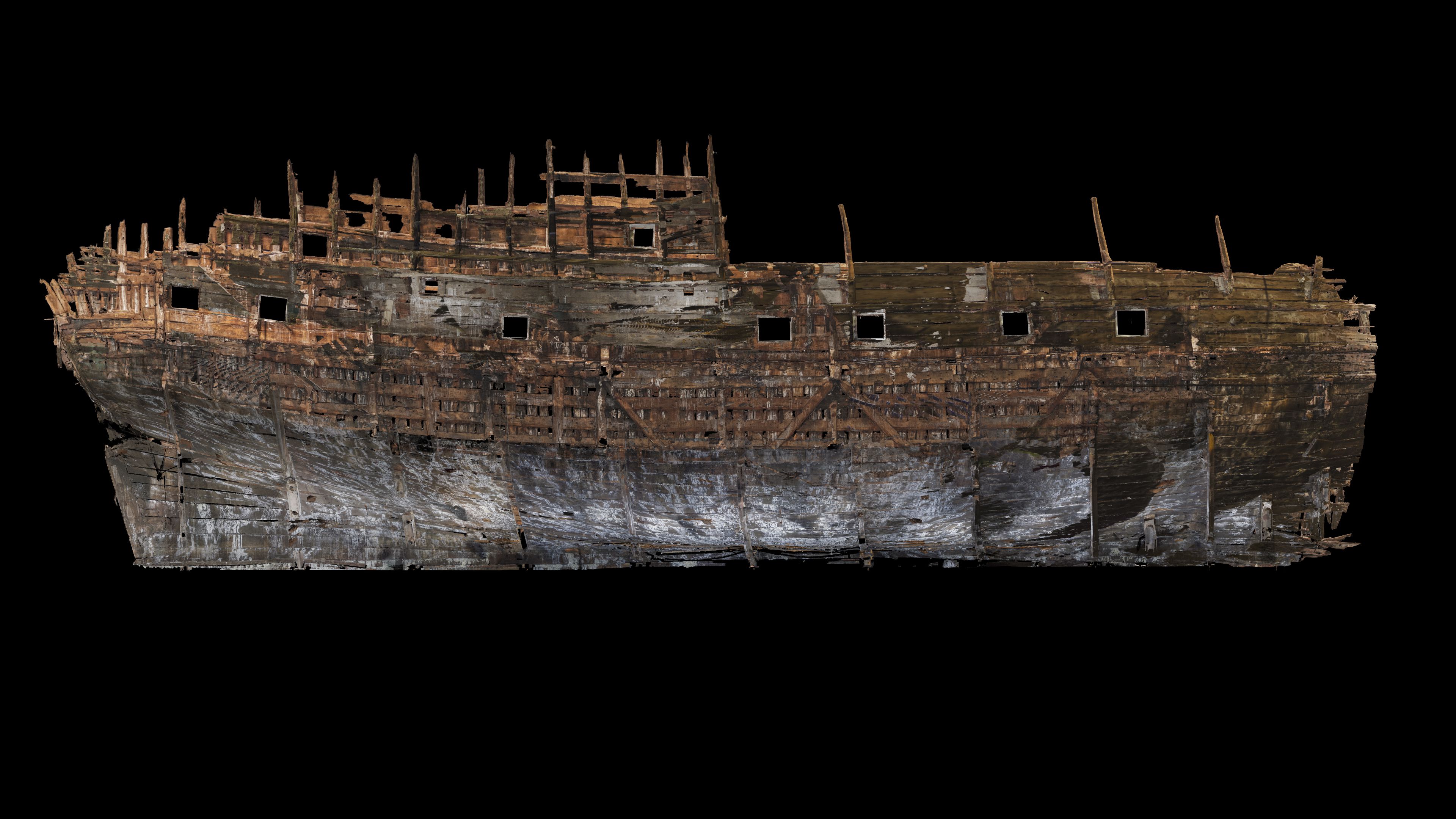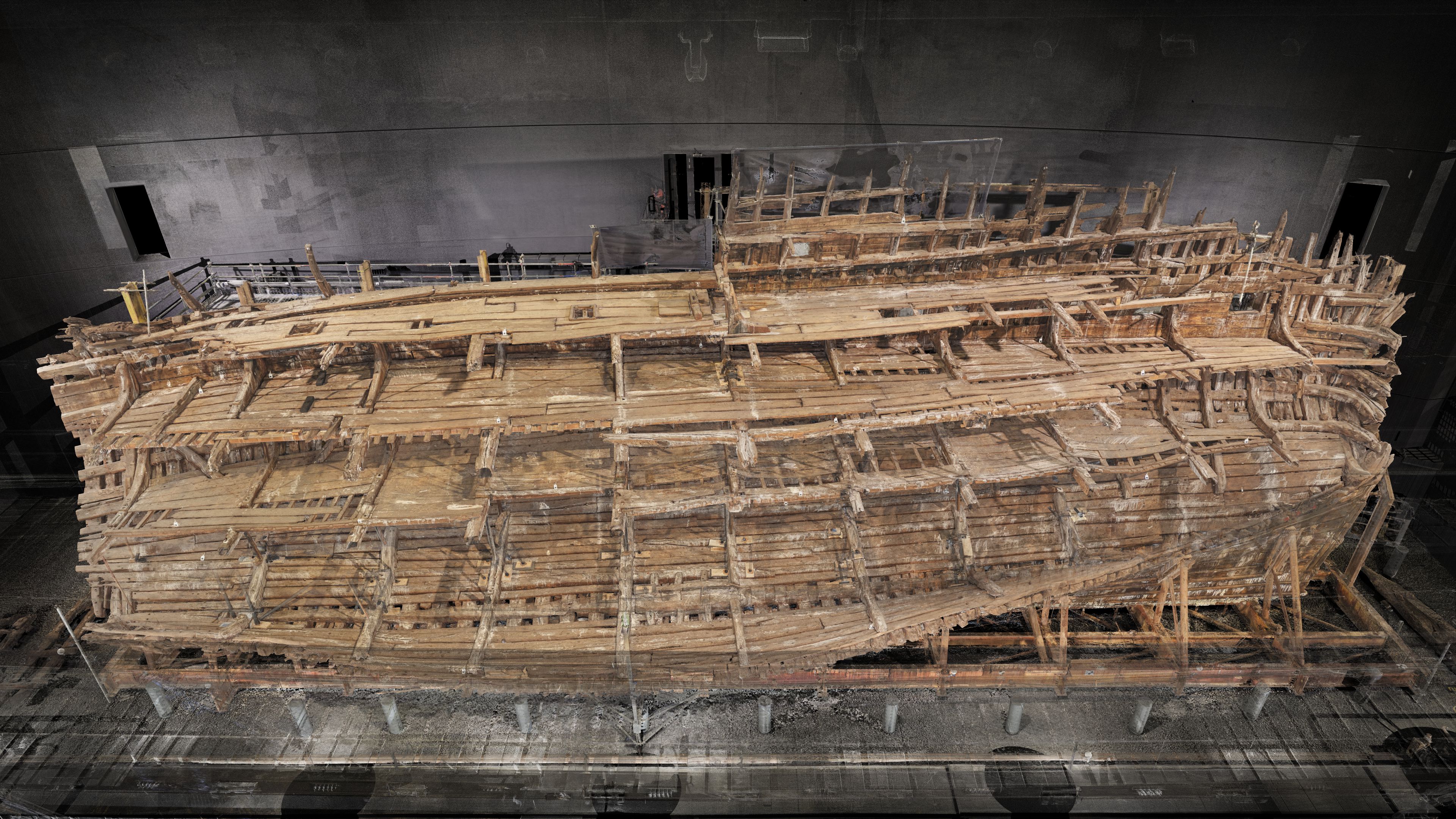The Cold October morning in 1982 a worldwide TV audience held their breath.
For centuries Henry VIII legendary war ship laid undisturbed in the murky depths of the Solent. One of the largest operations in British Maritime Archeology was underway and reaching its nail biting conclusion. After 437 years the Mary Rose had been lifted back to the surface.
With the loss of all hands, the remains of those found alongside the Mary Rose have been invaluable in piecing together a picture of the people who lived and worked on the ship as well as providing insight into the lives and overall civilization of Tudor England.
With the advent of new forensic DNA technology techniques, previously held beliefs on the crews health, physique and ethnicity are beginning to be unraveled. New discoveries are overturning long established narratives and drawing a picture of a far more racially mixed set of seamen.





